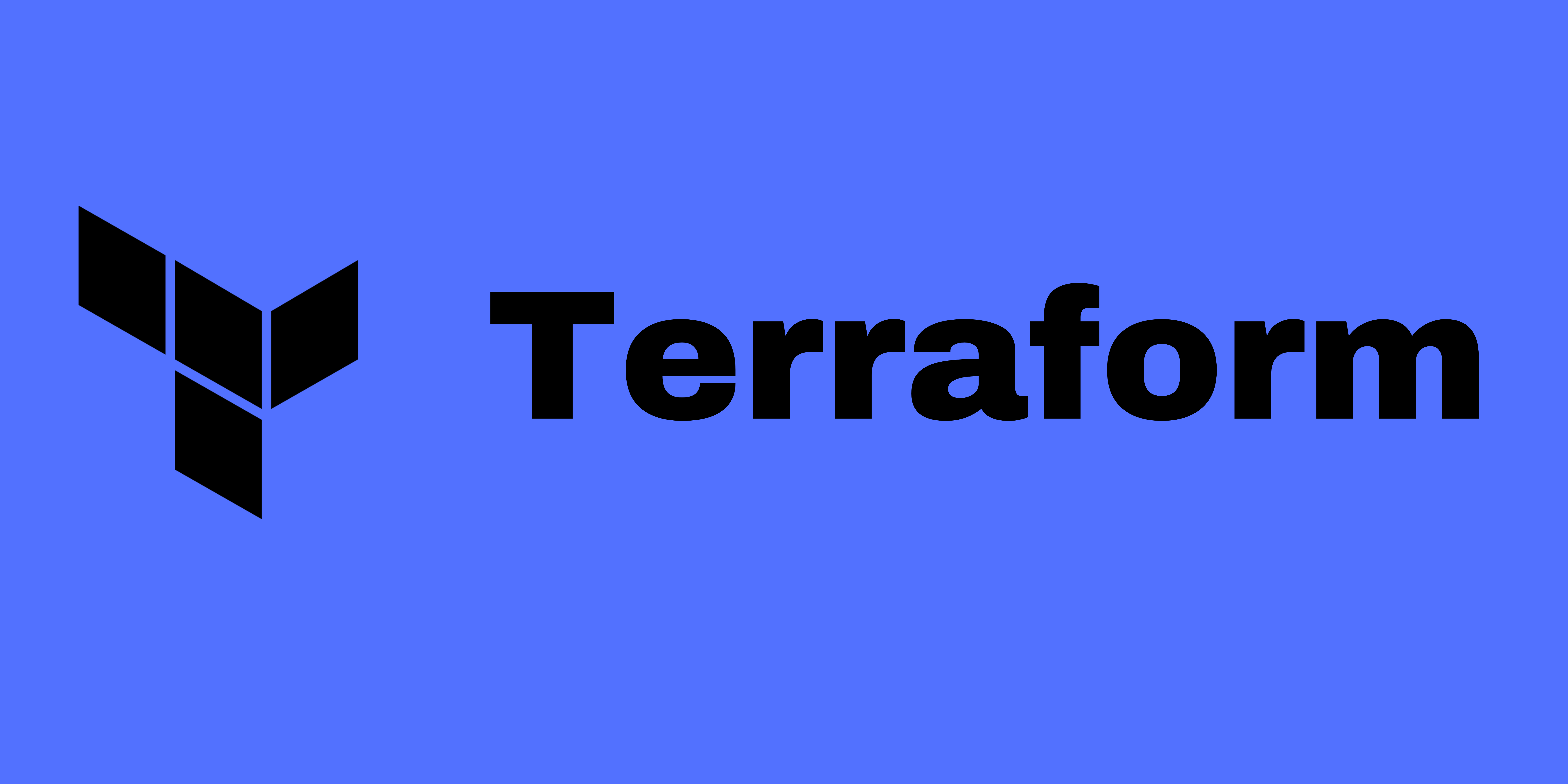"Terraform for Beginners: A Comprehensive Guide to Infrastructure as Code"
 Lalita Kashyap
Lalita Kashyap
Terraform is an open-source infrastructure as code (IaC) tool developed by HashiCorp. It allows you to define and provision data center infrastructure using a high-level configuration language. Terraform is used to manage cloud services, such as AWS, Azure, Google Cloud Platform, and more.
Terraform can manage infrastructure on multiple cloud platforms.
The human-readable configuration language helps you write infrastructure code quickly.
Terraform's state allows you to track resource changes throughout your deployments.
You can commit your configurations to version control to safely collaborate on infrastructure.
Syntax of Terraform:
<block>< parameters>{
arguments
}
Follow below steps to Install terraform and perform task:
Step 1: Launch an EC2 Instance
https://lalitakashyapblog.hashnode.dev/step-by-step-guide-to-setting-up-an-ec2-instance
Step 2: Ensure that your system is up to date and you have installed the gnupg, software-properties-common, and curl packages installed. You will use these packages to verify HashiCorp's GPG signature and install HashiCorp's Debian package repository.
sudo apt-get update && sudo apt-get install -y gnupg software-properties-common
Step 3: Install the HashiCorp GPG key
wget -O- https://apt.releases.hashicorp.com/gpg | \
gpg --dearmor | \
sudo tee /usr/share/keyrings/hashicorp-archive-keyring.gpg > /dev/null
Step 4: Verify the key's fingerprint
gpg --no-default-keyring \
--keyring /usr/share/keyrings/hashicorp-archive-keyring.gpg \
--fingerprint
Step 5: Add the official HashiCorp repository to your system. The lsb_release -cs command finds the distribution release codename for your current system, such as buster, groovy, or sid.
echo "deb [signed-by=/usr/share/keyrings/hashicorp-archive-keyring.gpg] \
https://apt.releases.hashicorp.com $(lsb_release -cs) main" | \
sudo tee /etc/apt/sources.list.d/hashicorp.list
Step 6: Download the package information from HashiCorp.
sudo apt update
Step 7: Install Terraform from the new repository.
sudo apt-get install terraform
Step 8: Check terraform version
terraform --version
Step 9: Create project directory and move into it
mkdir terraform
cd terraform/
Step 10: Create file "vim main.tf"
#local_file = resource type
#my_file = resource name
#filename & content are arguments
resource "local_file" "my_file"{
filename = "tws.txt"
content = "This file is created by terraform"
}
Step 11: Initialize terraform where your created file saved
terraform init
Step 12: Now terraform plan
terraform plan
Step 13: Terraform apply
terraform apply
Congratulations! You've taken your first steps into the world of Terraform and Infrastructure as Code (IaC). By now, you should have a good understanding of the basic concepts of Terraform, how to set up your environment, and how to create and manage infrastructure using simple configuration files.
Thank you 🙏
Keep Learning..
Subscribe to my newsletter
Read articles from Lalita Kashyap directly inside your inbox. Subscribe to the newsletter, and don't miss out.
Written by
